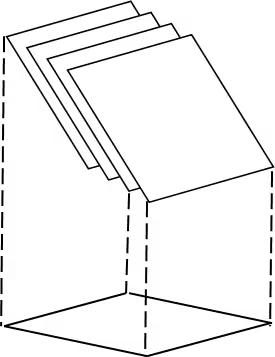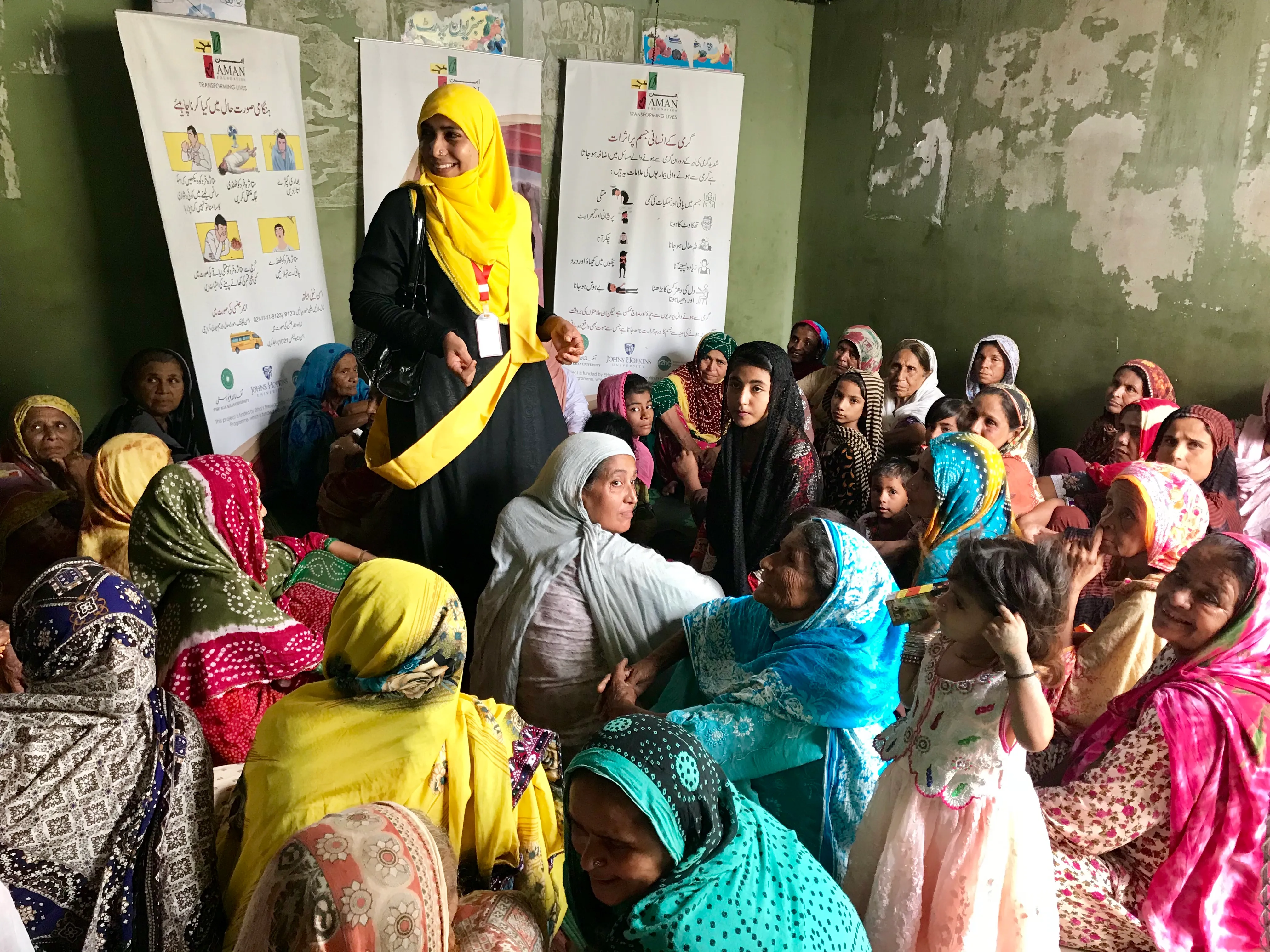Water treatment in a nutshell...

Greetings!
Coincidentally, I was teaching my water treatment class today and was explaining the principles of sedimentation to my third year Water Engineering students. Part of the lecture was on the rationale underpinning the use of inclined plate settling (such as we are intending to do with this innovation) to increase the performance of sedimentation basins. It occurred to me that it could perhaps be a good idea to try to do so for those who are following our project and don’t necessarily have a background in water treatment. For those who do have a background in the area, please excuse the simplifications being made.
One of the objectives in drinking water treatment is the removal of particulate matter. Naturally occurring particles in suspension give water its turbidity (or “cloudiness”). Turbidity reduction is desired so as to render the water more aesthetically pleasing and also (more importantly) to improve the efficiency of the final disinfection step. If the concentration of particles is high (i.e. high turbidity), the efficiency of disinfection can be compromised because some of the microorganisms are “sheltered” from the disinfectant by the particles.
The simplest way to remove particles is to just let them settle under the influence of gravity. The problem here is that the smaller the particle is, the longer it takes for it to settle. Moreover, in drinking water treatment the particles of concern are typically very small. For this reason, we typically use chemicals known as coagulants to bring minute particles together, increasing their size (and settling velocities) into what are known as “flocs.” The removal of such flocs from water is done in sedimentation basins (also known as clarifiers).
One of the factors governing the treatment efficiency of sedimentation/clarification processes is what is called surface overflow rate (SOR) – or loading rate. This parameter normalises the flow rate of a system to its surface area (which can initially be thought of as the footprint of the treatment system). In other words, it is (a) the amount of water treated (i.e. the flow rate of the system) in (b) a given surface area (i.e. footprint). The SOR is also equivalent to the minimum settling velocity, giving us an idea of what are the minimum sized particles that can be removed by the system. The efficiency of a settler is inversely related to the system’s loading rate. So, the lower the SOR, the higher its efficiency as smaller particles can removed.
So, our approach is two-fold: firstly, we will increase the particle settling velocity by increasing its size through coagulation and, secondly, by decreasing the SOR of our settler we can remove smaller and smaller particles. In order to decrease the SOR of the settling system we could decrease the flow of the system, but this would mean that we would also produce less water. However, the production of large quantities of water should be prioritised, as water supply serves a dual purpose of hydration and also for personal hygiene where quantities supplied play a crucial role (see previous post). Thus, it is preferable to try to increase the effective surface area of the settler (whilst maintain its flow rate) in order to decrease the SOR and thereby increase its efficiency. The problem here is that if we increase the surface area (i.e. the footprint) of the settler, we end up with a very big system that may be difficult to transport and assemble.
This is where the concept of inclined plate settling comes in!
By fitting our settling tank with inclined plates, we increase its effective surface area, without changing its footprint. That is the surface area to be considered is no longer the actual footprint of the settler, rather the sum of the projected surface areas of the plates. The rationale behind the higher settling efficiencies is that with the plates the distance that the flocs need to travel is reduced with the introduction of the plates. The same effect could be achieved if the plates were horizontal, but this would give problems with the eventual removal of the settled particles (i.e. sludge). For this reason, the plates are inserted at an angle. That is, the inclined surfaces allow settled solids to slide from the plate to be collected and stored in the bottom of the settling tank (i.e. sludge zone).

These two water treatment techniques that we are applying are not new. Both coagulation and inclined plate settling are commonly used in conventional water treatment (with success). However, these have never been applied to emergency water treatment together, which is where our innovation lies. Whereas, coagulation is used frequently, inclined plate settling has yet to be applied in emergency contexts. The combination of these two techniques in one system will allow us to develop a treatment system with many of the desirable qualities needed for a fit-for-purpose water treatment kit. This, however, will probably be a topic of another blog entry...
Cheers!
Caetano
Through this blog we will be posting further information on the innovation, timely developments in the sector related to the project, and updates, but if you have specific questions or want more detailed information, please do not hesitate to contact us ( [email protected](link sends e-mail) ).
Stay updated
Sign up for our newsletter to receive regular updates on resources, news, and insights like this. Don’t miss out on important information that can help you stay informed and engaged.
Related articles



Explore Elrha
Learn more about our mission, the organisations we support, and the resources we provide to drive research and innovation in humanitarian response.